8 Anger Management Strategies for Your Students
April 17, 2018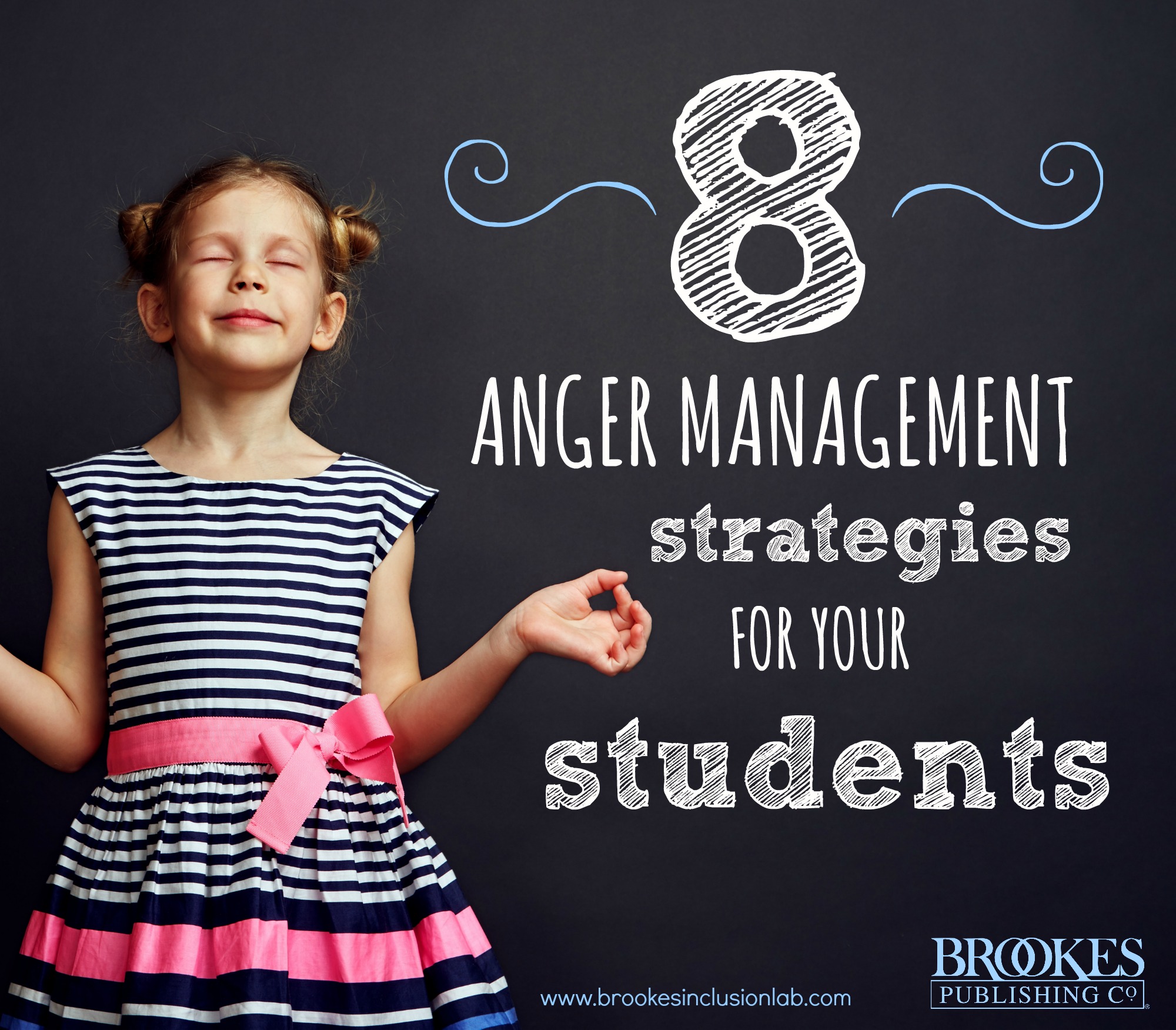
With school violence and bullying making headlines on a regular basis, teachers and parents need a toolbox of strategies to help children manage difficult emotions like anger before they escalate into problems. In today’s post, we bring you a few helpful tips you can share with your students to help them defuse, reduce, or redirect anger. Excerpted from the social-emotional learning curriculum Merrell’s Strong Kids, these strategies were developed for students in Grades 3-5, but can easily be used with older students, too.
During a class discussion on emotions or social skills, present these anger management strategies to your students and encourage them to share their thoughts about each one. You can use the explanations provided below to give students a quick overview of each strategy. You might say something like this to get started: “Here are several examples of things that you can do to help you deal with your anger. Keep in mind that the way you handle your anger is going to depend a lot on the situation you’re in, who you’re with, and what you hope to get out of the situation. We handle anger differently when we’re in a comfortable or familiar setting than when we’re in an uncomfortable or unfamiliar setting. Let’s take a look at some strategies now.”
Ask yourself why you’re angry (problem solve). If you ask yourself why you’re angry, and really think about your answer, you might figure out a problem you can solve or even uncover some of the sneaky feelings that feel like anger.
Use “if-then” statements to consider the consequences. If-then statements mean that you ask yourself what might happen if you do something. They are best used when you are deciding what to do about a situation or problem. If-then statements help you make better choices by helping you understand the consequences of your actions.
Count up to or down from 10. Sometimes, quietly counting to 10 is something some people do to stop themselves from doing something too quickly. Counting to 10 as soon as you notice you’re having an angry reaction can give an angry person just enough think time to make sure their first idea is a good idea. If it’s not a good idea, it can be just enough time to change it into a better one (reconsider).
Listen to another person. If you’re angry about something or with someone else, talking to someone and listening to their perspective—even the person you’re angry with—may help you understand exactly what caused the problem so you can fix it or figure out what you can do in the future to prevent the situation.
Focus on your breathing. Focusing on breathing can help during angry moments in several ways. First, it takes your attention away from the anger for a moment, just like when you count to 10. Second, breathing in a certain way, slowly and deeply (so deeply that your belly moves, too), and in through your nose and out through your mouth, can often help people who are angry to begin to calm down.
Take a walk or step away. Change the environment by taking a walk or stepping away if you can. Just like counting to 10, and thinking about your breathing, walking away from a situation that is making you angry can sometimes help prevent you from reacting to a situation too quickly, or it can give you some time to breathe and think about good choices you can make.
Give yourself some good advice (self-talk). Self-talk means that you say to yourself the things that a good friend would say to calm you down, such as, “Calm down,” “Maybe it’s not that bad,” or “Let it go.” It is best used when you first notice that you are angry (emotional reaction stage). Its purpose is to help calm you down. Use self-talk if you notice yourself using any thinking errors (use logic).
Look for the humor—without making fun of someone. Sometimes we get angry for silly reasons that are hard to explain. Maybe you don’t even really want to be angry. Sometimes, if there is no danger, you can count to 10 and imagine what it must look like if this whole angry situation was something you were watching in a TV comedy. Sometimes, when you really think about it, some of the things that make us angry can seem really silly. Remember, though, that if you are involved in an angry situation with someone else, they may not think it’s funny at the same time you do. It usually works best if you can laugh at yourself.
These strategies may be effective in helping your students walk back anger and find more constructive ways of dealing with their strong emotions. But for some students, anger issues might escalate into aggression despite your best efforts. When might a student require a referral to an administrator, counselor, or mental health professional? Andrew Cole & Aaron Shupp offer the following advice in their book, Recognize and Respond to Emotional and Behavioral Issues in the Classroom:
Ask yourself: Is this student posing a danger to themselves or to others? Is their aggression escalating in severity? Consider a referral when:
- The problem involves direct threats, physical violence, or a pattern of more mild aggressive behavior that disrupts your ability to teach. Always follow your school’s policies for safety and disciplinary measures.
- You are concerned about the student being hurt outside of your classroom or outside of school. Even if you do not have clear evidence, it does not hurt to talk out your concerns with a school counselor or administrator. If the student does have professionals in place, keep open communication with them (assuming the student’s guardians have signed consent for those people to talk with you). Your efforts will be appreciated because you observe the child more than almost anyone else, and the success of any behavioral intervention is dependent on consistency across settings. In other words, your involvement is critical to the success of a comprehensive treatment program.
Remember that with a problem as severe as this, you should see yourself as a member of a team of professionals who are working with the student and the family. You are an integral part of this team, but do not feel like you can solve this problem on your own.
Also, keep in mind: Because verbal and physical violence can have a strong impact on many people, it never hurts to get a second opinion or to broaden the network of adults who can support the student.
***
At one time or another, nearly everyone needs to use anger management strategies. What are some strategies that have worked for you and your students? Share your tips in the comments below!
EXPLORE THE BOOKS
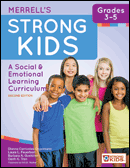 Merrell’s Strong Kids™–Grades 3-5: A Social and Emotional Learning Curriculum, Second Edition
Merrell’s Strong Kids™–Grades 3-5: A Social and Emotional Learning Curriculum, Second Edition
By Dianna Carrizales-Engelmann, Ph.D., Laura L. Feuerborn, Ph.D., Barbara A. Gueldner, Ph.D., & Oanh K. Tran, Ph.D.
This scientifically-based, 12-week curriculum uses engaging, thought-provoking classroom activities to help students strengthen the social-emotional skills they’ll use for the rest of their lives: managing anger, reducing stress, solving interpersonal problems, and much more.
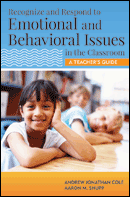 Recognize and Respond to Emotional and Behavioral Issues in the Classroom: A Teacher’s Guide
Recognize and Respond to Emotional and Behavioral Issues in the Classroom: A Teacher’s Guide
By Andrew Jonathan Cole, Psy.D., & Aaron M. Shupp, Psy.D.
Based on the authors’ years of experience with students, teachers, and families, this reader-friendly guide is equally useful for working with students with and without a specific diagnosis. You’ll learn practical strategies you can immediately implement to help students with a wide range of emotional, behavioral, and social difficulties.

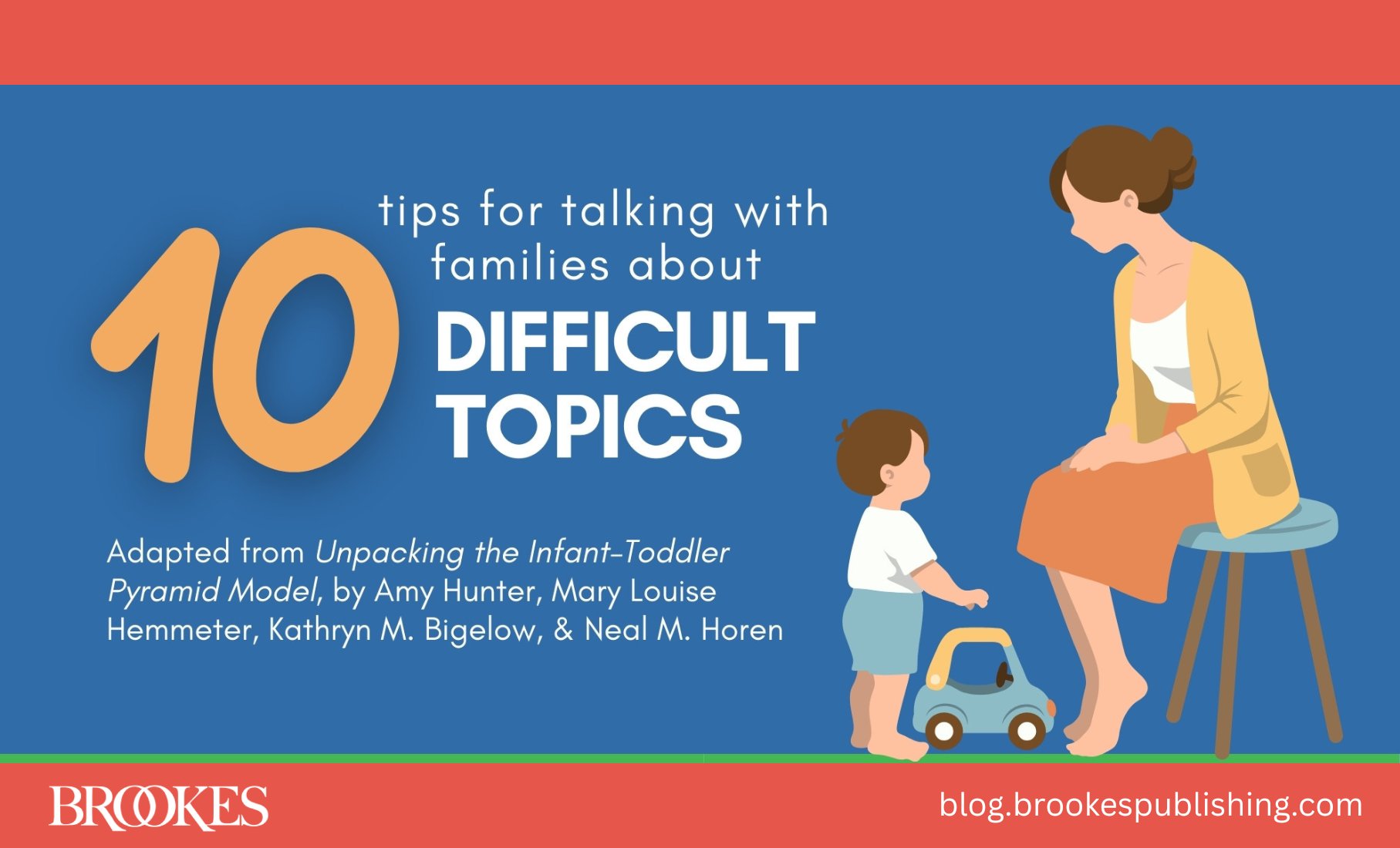

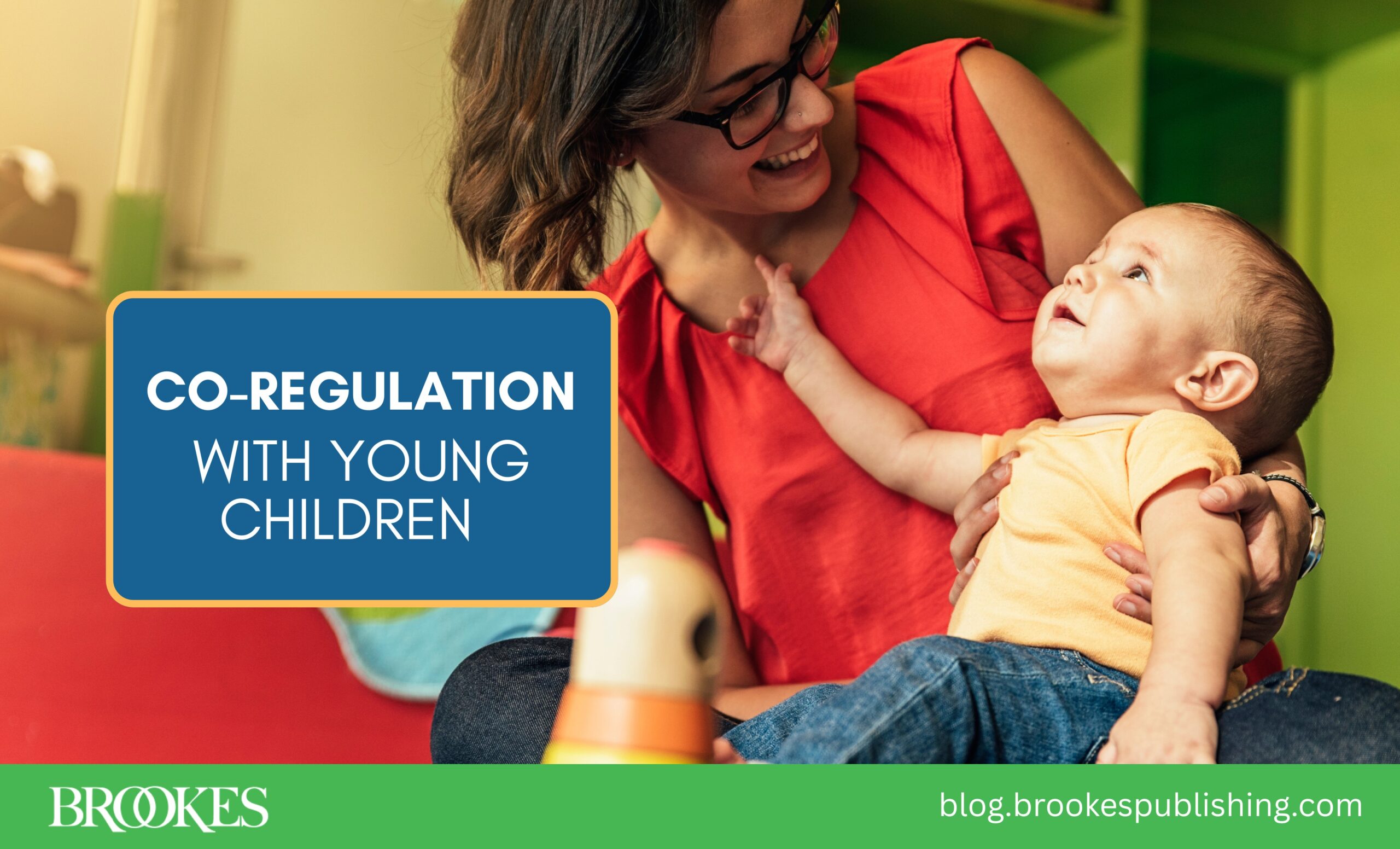
Write a Comment
Your email address will not be published. Required fields are marked *
comments
Abiola Adewunmi says
Count me in.
Nathan says
A great article about anger. I. Will be sharing it with many people. Nathan www.mosaictreecounseling.com/anger-management/
S M Khaleel says
You did an excellent work on this subject.
Thanking You
Shawn Mendas says
This helped me with my brother situation with him hitting me... THANK YOU GOOGLE
Anger And Frustration Management says
Great post. Students nowadays are suffering from the anger and frustration because of the competition. These tips are really very useful.
jlillis says
Thanks--so glad you found it helpful!
d says
This was great. Thank you for these quick strategies to share with my students.
jlillis says
Glad you found it useful!
Dr. Elena Dcosta says
A few tricks to cool your temper can come in handy the next time you feel yourself close to boiling over. For example, deep breathing is a simple method that can work well to ease anger. To do it, breathe in slowly through your nose, hold your breath for a few seconds, and then breathe out through your mouth. This helps counteract the rapid, shallow breathing that angry people often have. Picture a calm place, real or imaginary. This can also help. Practice these techniques every day. They’ll feel more natural as time goes on.
Post a Comment